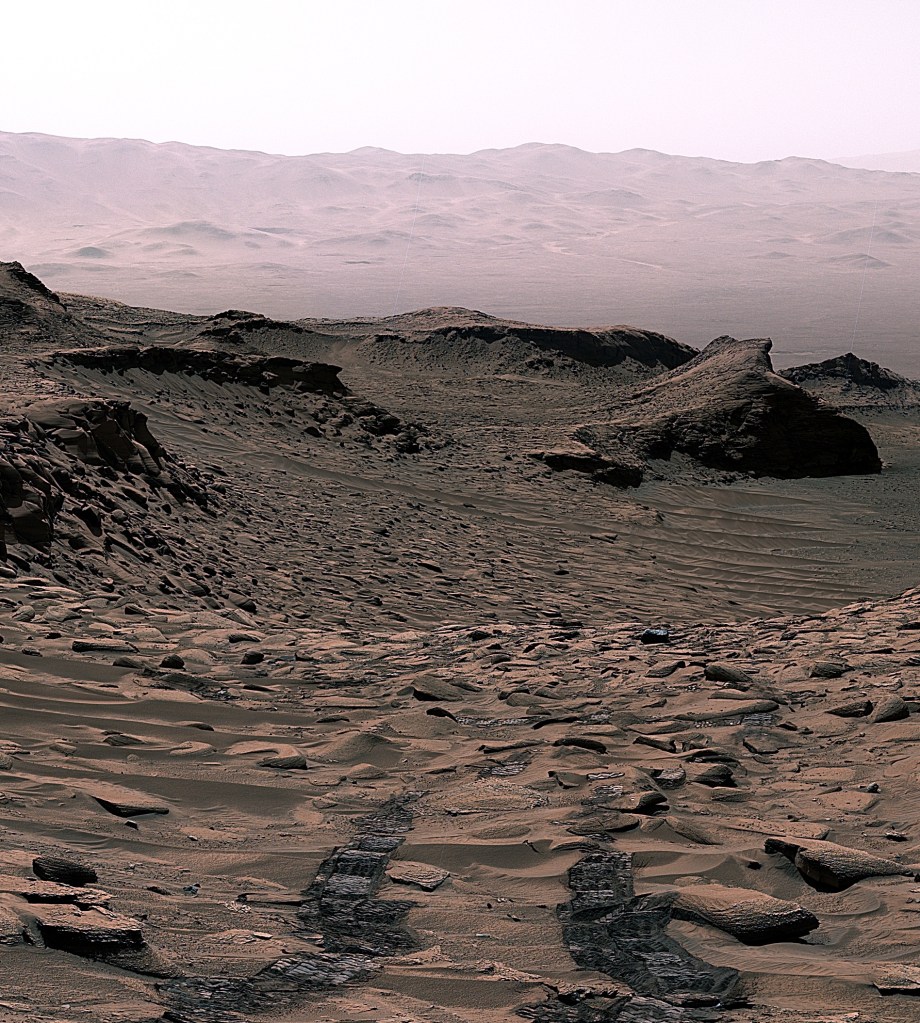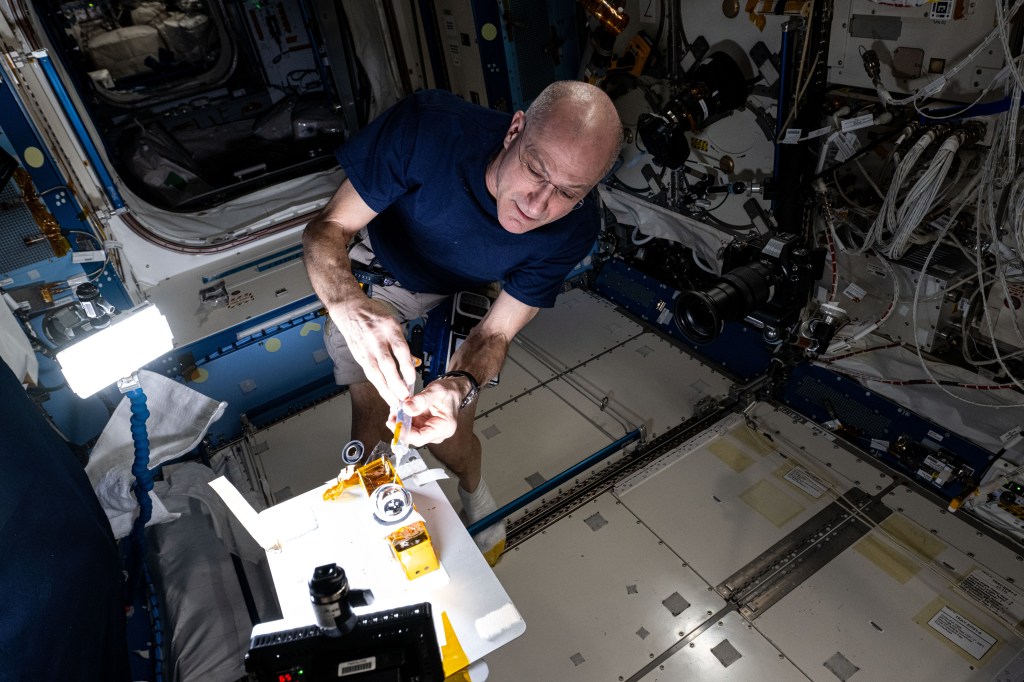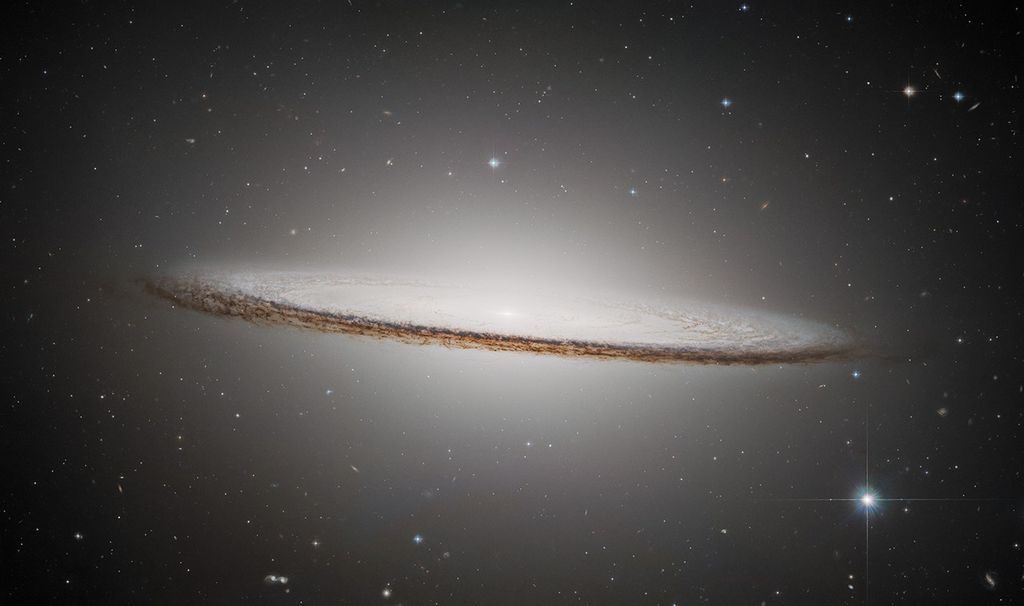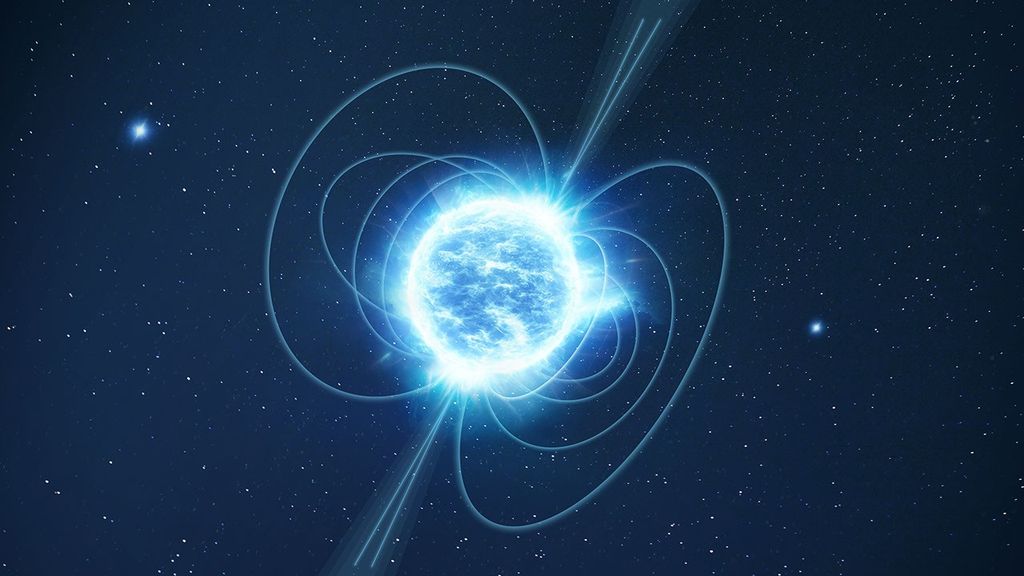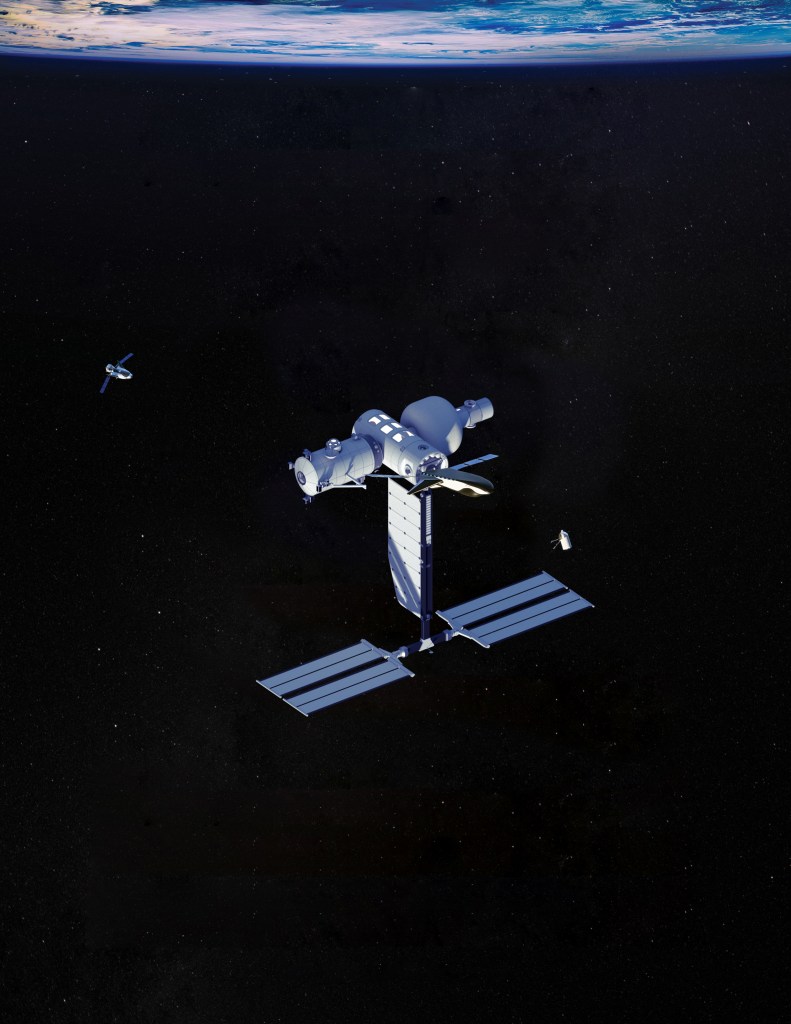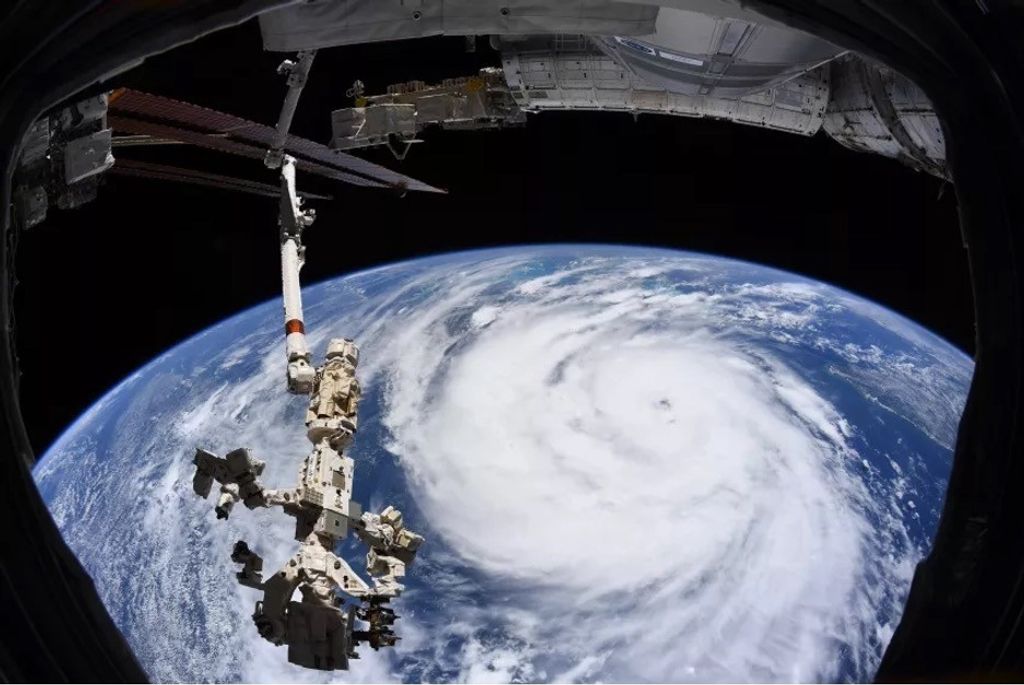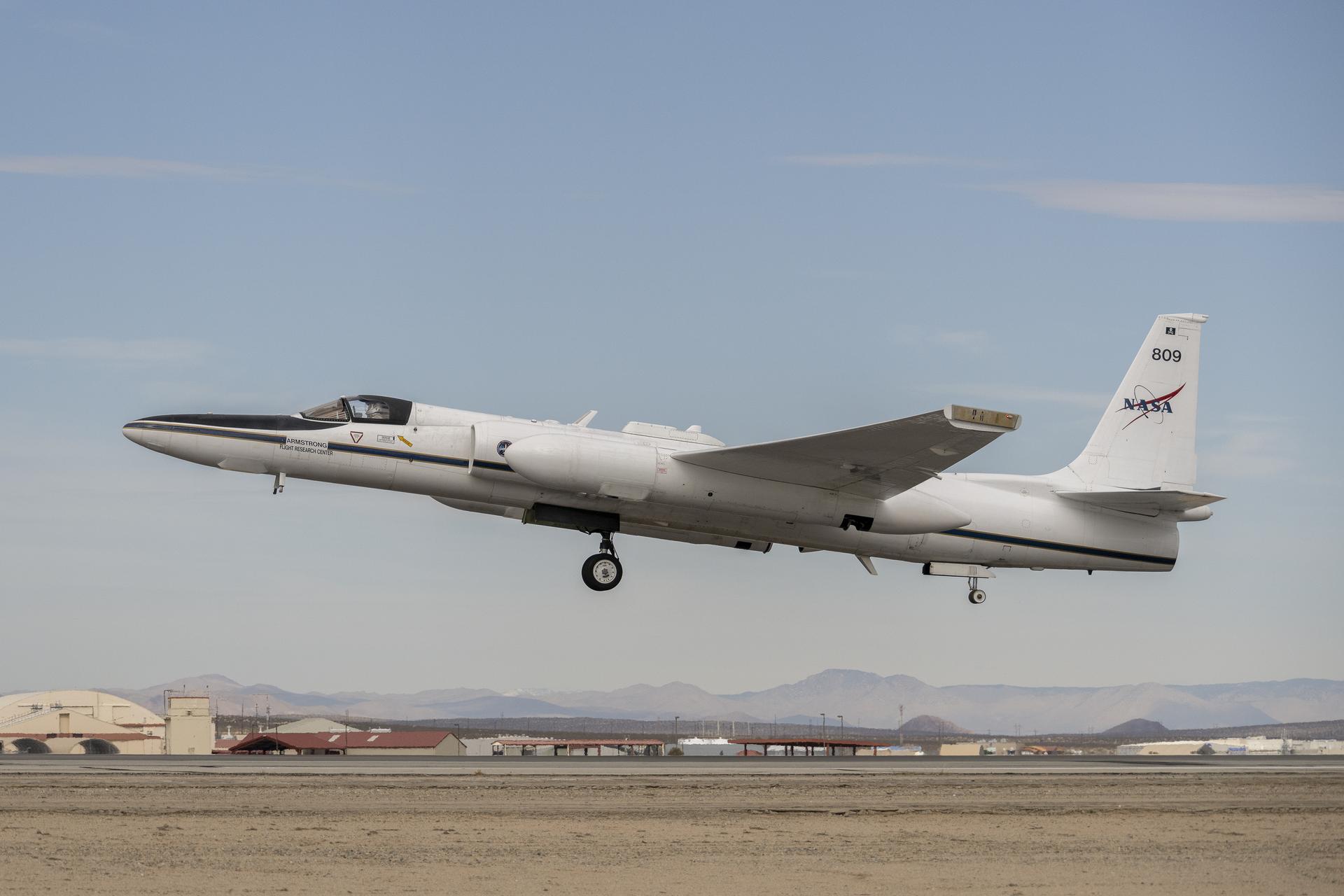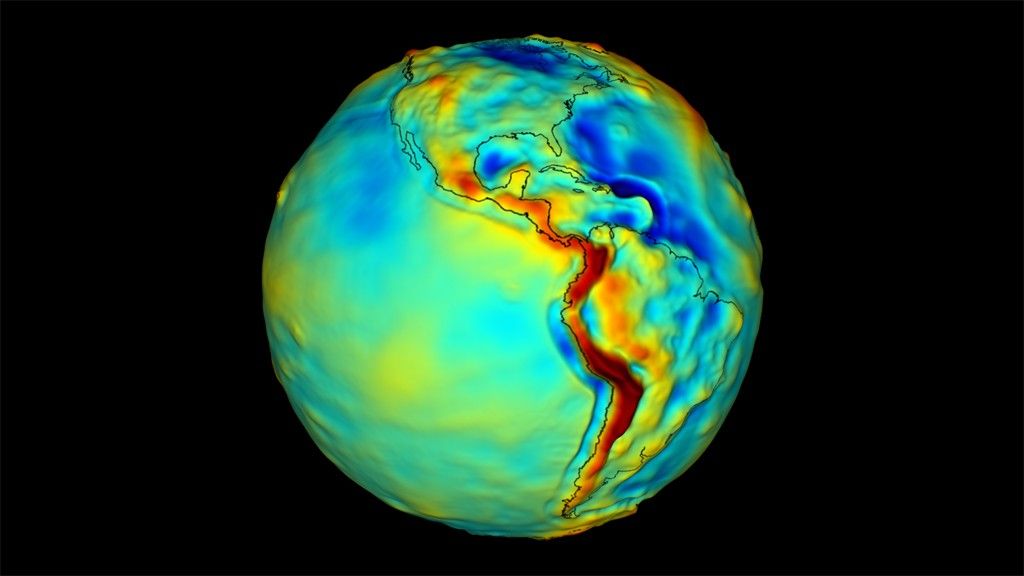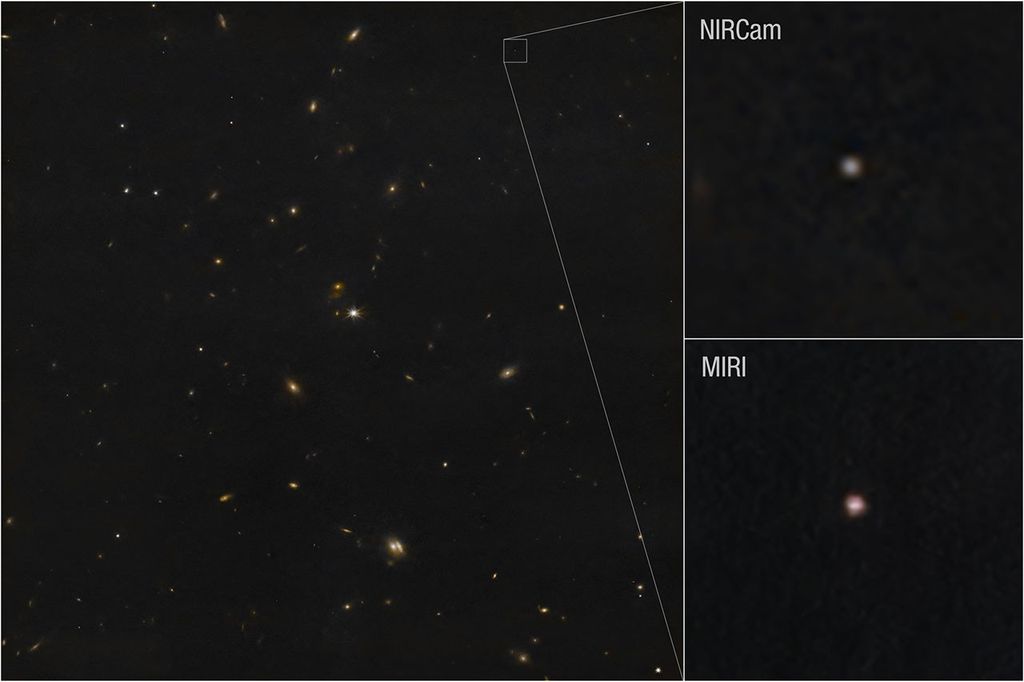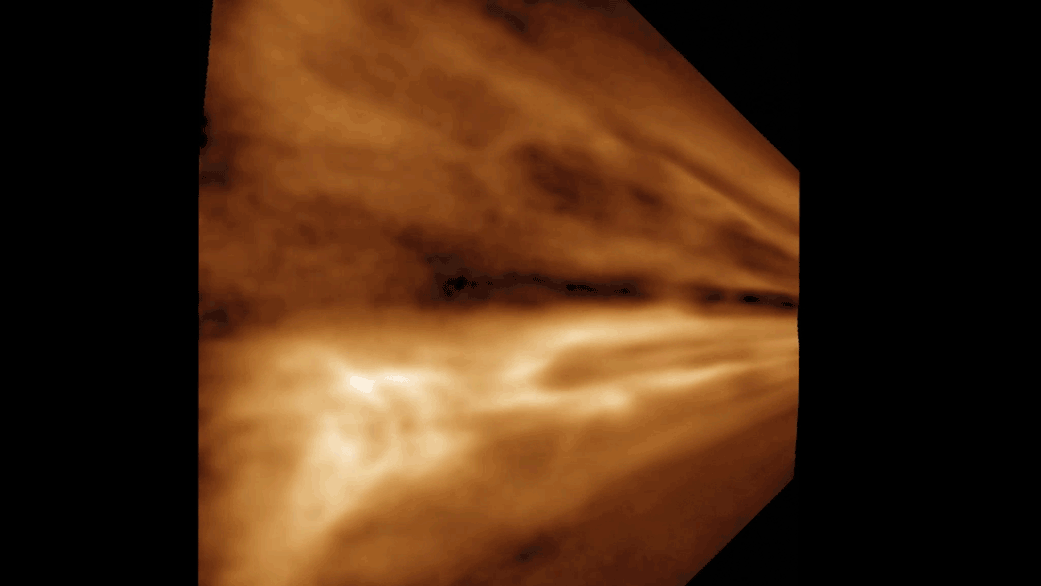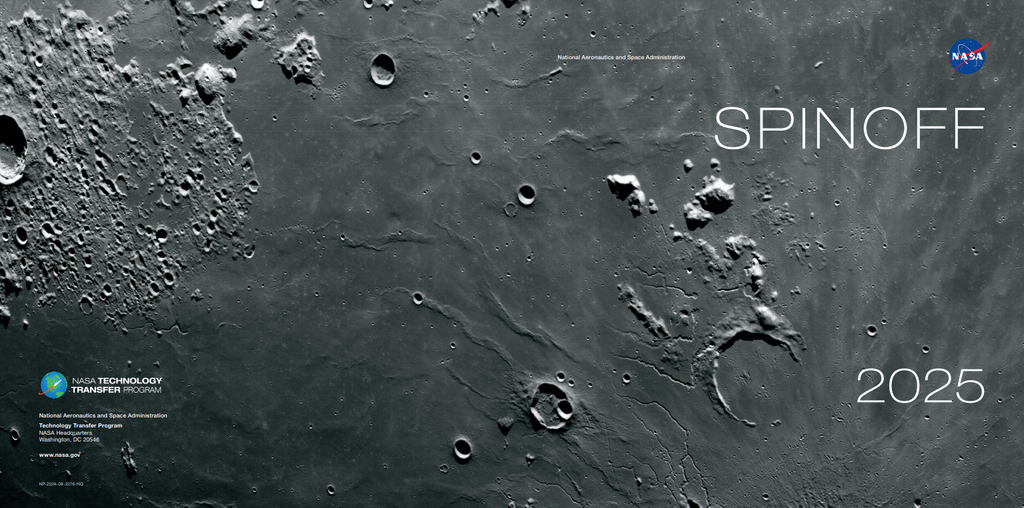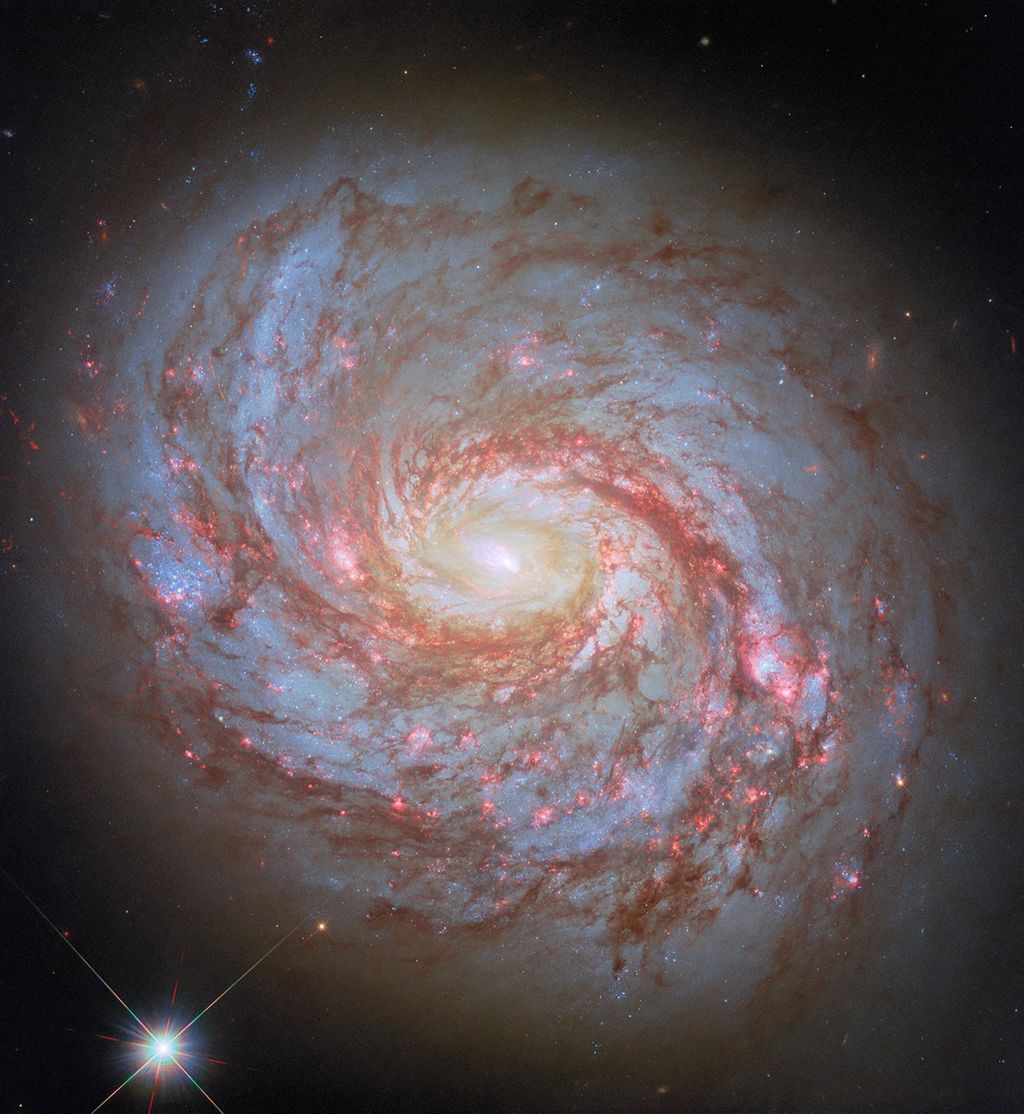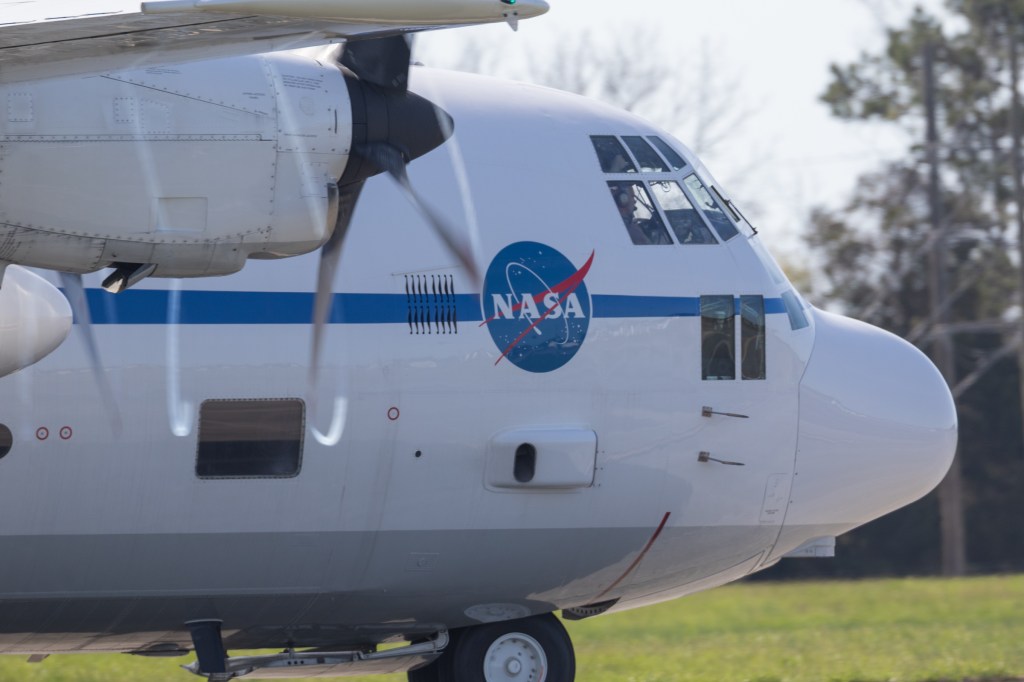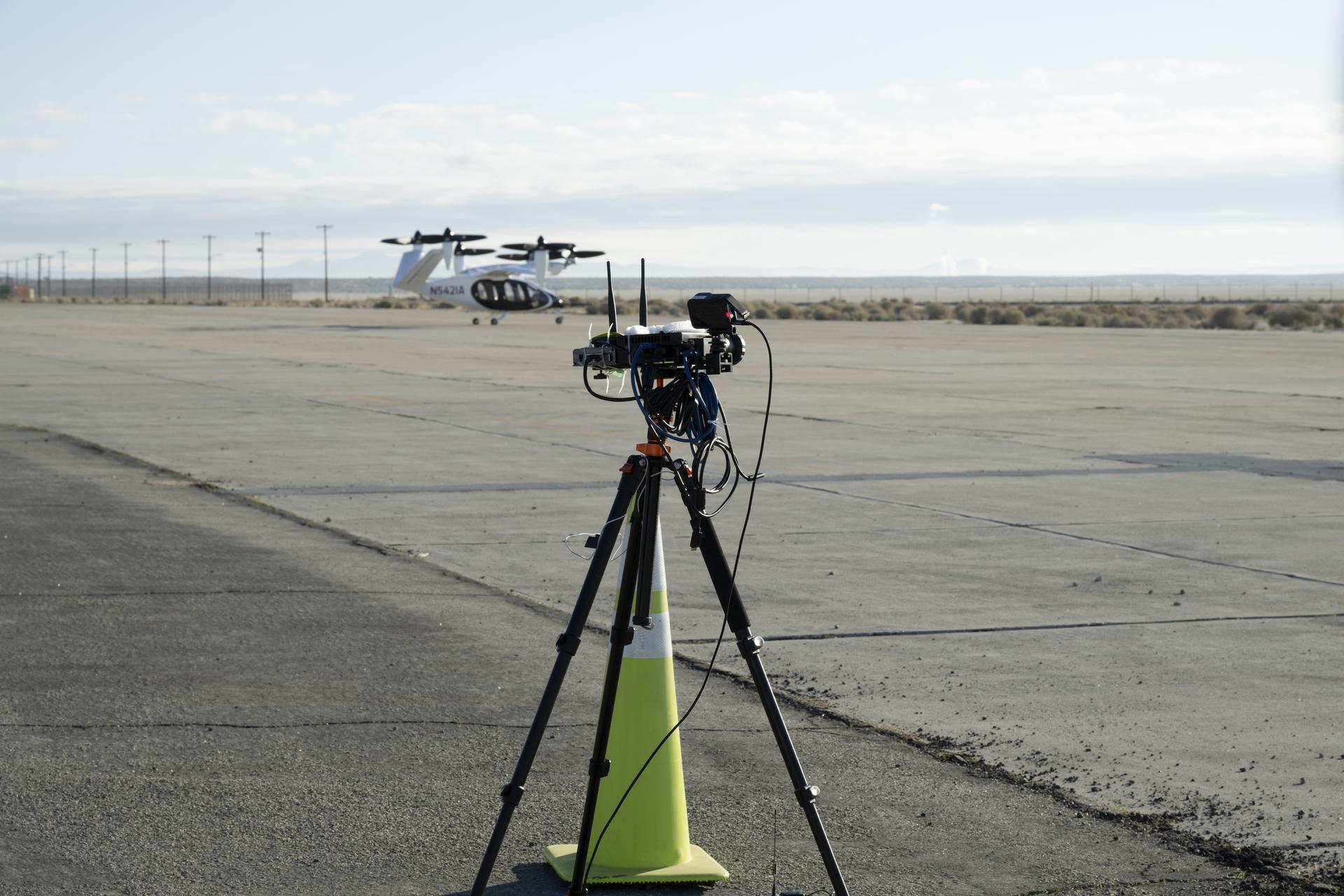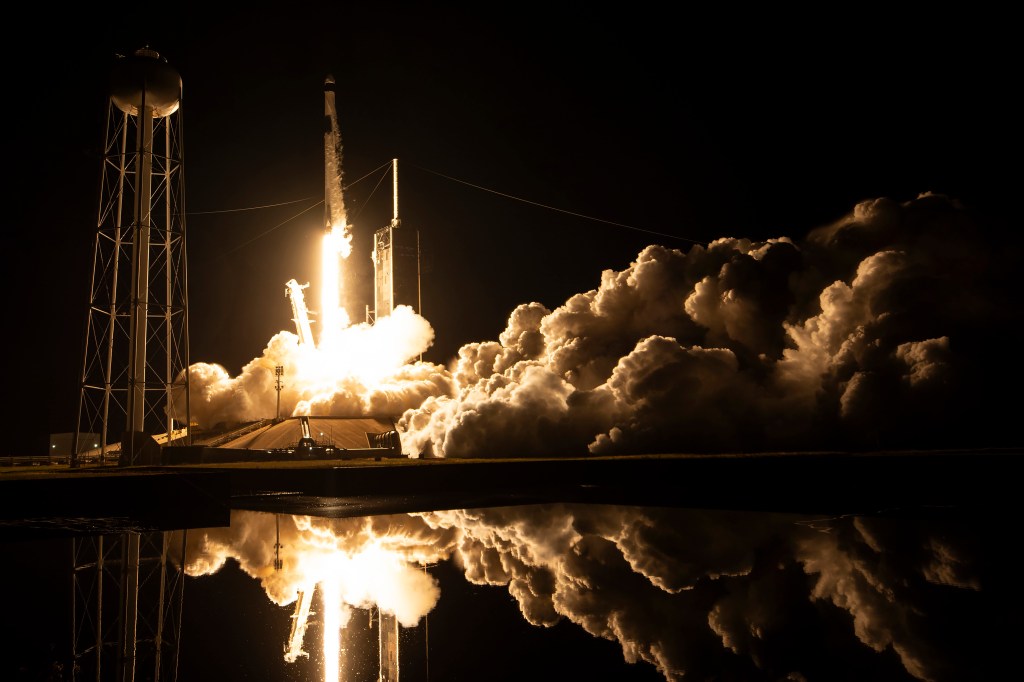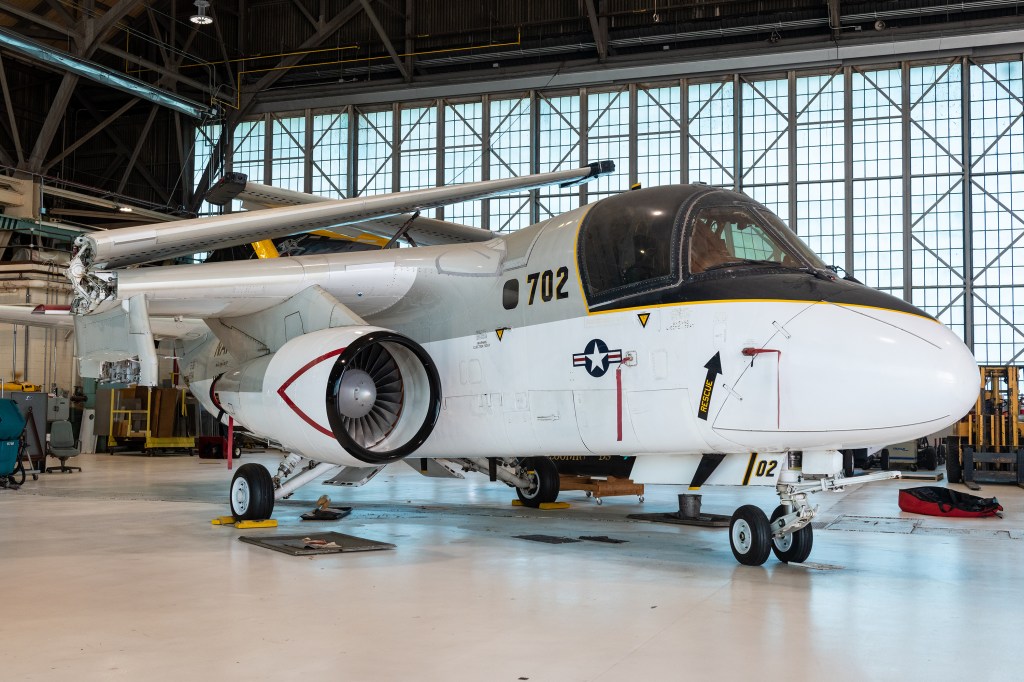Marley Albright
University of Central Florida
Experimental Investigation and Chemical Modeling of Thruster Plumes for Planetary Landers
Logan Anderson
University of Minnesota
System Identification and Robust Control of Deployable Space Structures using Dissipativity Properties
Kellen Arnold
Vanderbilt University
Design and Analysis of Deep Subwavelength Featured Integrated Photonics for Aerospace Applications in Harsh Environments
Nelson Badillo
Perez Harvard University
Highly Extendable Vine Robots for Planetary Exploration and Sampling
Roxanne Kate Balanay
University of Hawaii at Manoa
Acoustic-Field Aerosol Separator for Planetary Atmospheric Sampling
Erik Ballesteros
Massachusetts Institute of Technology
Design, Control, and Human-Robot Coordination of Space Suits Integrated with Supernumerary Robotic Limbs
Harsh Bhundiya
Massachusetts Institute of Technology
Modeling the In-Space Manufacturing of Large, Lightweight Structures with Robotic Deformation Processing
Grace Calkins
University of Colorado, Boulder
Efficient Uncertainty Quantification for Intelligent Autonomous Systems
Jiahui Cao
University of California, Irvine
High-Sensitivity Temperature Sensing using Holey Silicon-Based Thermopiles
Joshua Cannon
Brigham Young University
Timothy Chen
Stanford University
Safe and Informative Navigation of Unmapped Terrain using Neural Radiance Fields
Harrison Coker
Texas A&M University
Biological Augmentation of Off-World Regolith using Aeroponics to Support Regenerative Cropping Operations
Christopher Davami
San Diego State University
Autonomous End-to-End Trajectory Planning and Guidance for Constrained Entry and Precision Powered Descent by Unified Optimization Theory
Nancy Diallo
Stanford University
Modeling Spacecraft Charging Incident from the Effect of Background Plasma on Satellites with Electric Propulsion
Joshua Eckels
University of Michigan
Multifidelity reduced-order modeling of particle-in-cell simulations for anomalous transport closure models
Emmeline Evans
Georgia Institute of Technology
In Situ Acoustic Emission Monitoring of Defect Formation in Additively Manufactured Refractory Alloy Components
Logan Feld
Georgia Institute of Technology
Autonomous Landing and Proximity Operation Technology for Poorly-Characterized Small Bodies
Ashlee Gabourel
Cornell University
Data-Driven Autonomous Discovery of Refractory High Entropy Alloys
Andrew Galassi
University of California, Berkeley
Low Preload Ice Anchoring Grippers for Icy Worlds Mobility
J Flores Govea
University of Colorado, Boulder
Magnetohydrodynamics for Enhanced Thermal Protection and Planetary Entry Systems
Benjamin Hanson
University of California, San Diego
A Grid-Based, Bayesian Approach to Uncertainty Propagation for Icy-Moon Missions
Christopher Hayner
University of Washington
Closing the Perception and Planning Loop for Autonomous Planetary Landing Missions
Giuliana Hofheins
Cornell University
IMPACT: Ionic Molecular Propellants Advanced Collision analysis Technique
William Hurley
University of Michigan
Development of an Ultra High Current Density Magnetically Shielded Hall Thruster
Crystal Kim
University of California, Santa Barbara
Development of a New Microwave Kinetic Inductance Detector High-Resolution Multi-Object Spectrograph for Space-Based Applications
Sarah Kingsley
Georgia Institute of Technology
Onboard Chemically Specific Monitoring and Detection of Microorganisms
Ryan Kinzie
Embry-Riddle
Aeronautical University Novel dual quaternion based model and control for gravity recovery missions
Neil Laya
University of Alabama, Huntsville
Analysis and Simulation of Robot-Terrain Interaction Sound for Estimation of Terrain Properties and Detection of Anomalies
Jacob Levy
University of Texas at Austin
Efficient Adaptive Learning for Robotic Operations in Unmodeled Environments with Dynamic Uncertainties
Broderick Lewis
Northwestern University
Dynamic Epoxy Concretes for Extraterrestrial Habitats
Neal Lojek
University of Massachusetts, Lowell
A 3D hiPSC Cortical Tissue Model for Quantifying the Effects of Galactic Cosmic Radiation on Functional Cortical Networks
Jared Long-Fox
University of Central Florida
Quantitative Optimization of Planetary Excavation Methods
Julian Lopez-Uricoechea
Georgia Institute of Technology
Coherent Thomson Scattering to Investigate Lower-Hybrid Instabilities in the Front Pole Region of a Magnetically Shielded Hall Thruster
Abigail Maltese
Texas A&M University
Automated Patterning of Customized Extravehicular Activity (EVA) Spacesuit Pressure Garment Arm Assemblies
Miriam Marino
University of Wisconsin-Madison
Fabrication and Optimization of Nanotechnology for X-ray TES Sounding Rocket Instrument
Kenneth McAfee
University of Maryland, College Park
A Framework for Accurate, Full-Field EDL Environment Reconstruction from Distributed Thermal Measurements
Z McLaughlin
University of Texas at Austin
Non-Gaussian Estimation using Intrusive Polynomial Chaos
Schuyler McNaughton
Purdue University
Hypergolic Reactive Boundaries
Nicholas Miklave
University of Louisiana, Lafayette
Optimization of Novel Synthetic Substrates for Plant Growth in Space
Jessica Myers
University of Illinois at Urbana-Champaign
Analysis and Simulation of Robot Sound to Improve the Reliability of Planetary Surface Navigation
Catherine Nachtigal
Massachusetts Institute of Technology
Pixels in Electrospray Thrusters for Ultra-Reliable, Flat-Panel Electric Propulsion
Thomas Neafus
Purdue University
Optimization of Device Geometry for Rotating Detonation Engines
Elaine Ng
University of Texas at Austin
High-Rate, Large-Area Deposition of Magnetic Materials for Next-Generation Energy Technologies
Palak Patel
Massachusetts Institute of Technology
Nanoengineered Ultra High-Temperature Ceramics for High Strength and Toughness Multifunctional Composites for Space Applications
Edith Perez-Valenzuela
University of Michigan
Low Hysteresis Shape Memory Alloys for Mechanical Actuation and Thermal Management Systems
Andrew Pannone
Penn State University
Realization of Intelligent Instruments Through the Integration of Neuromorphic Devices with Gas Sensors Enabled by Two-Dimensional Materials
Albert Lin
University of Southern California
Robust Online Safety Assurances for Autonomous Planetary Mobility in Uncertain and Variable Terrains
Joseph “Gabe” Richardson
University of Arizona
Toward Universal Quantum Optimal Photonic Processing Using Quantum Computation
Rachel Rivero
University of Michigan
Utilizing Asexual Reproductive Abilities of Kalanchoe for a Space-Based Biomanufacturing System
Priyal Soni
Georgia Institute of Technology
Image-Based Relative Navigation for Autonomous Space Exploration
June Stenzel
Massachusetts Institute of Technology
Mark Stephenson
University of Colorado, Boulder
Autonomous Multiagent Search-and-Image Tasking for Satellite Constellations
Gwendolyn Tsai
Massachusetts Institute of Technology
Physics-Informed Machine Learning for the Optimization of Hybrid Rocket Motors
Anya Volter
University of Florida
Controlled Therapeutic Biomanufacturing for Deep Space Missions
Kyle Watson
Virginia Commonwealth University Optimizing Carbon Nanotube Composite Performance via Novel Multiscale Modeling and Machine Learning Methods
Thomas Watts
University of Texas at Austin
Wide-Temperature Range Lithium-Ion Batteries through Characterization of Surface Reactivity and Electrode/Electrolyte Interfacial Kinetics
Rayne Wolf
University of Wisconsin-Madison
Development of Semi-Autonomous and Autonomous Electrohydrodynamic Inkjet Printing for In-space Manufacturing based on Artificial Intelligence

